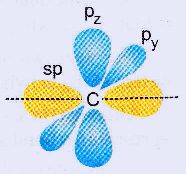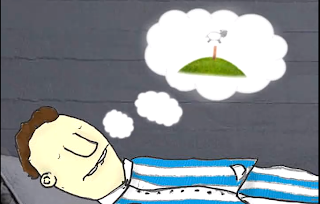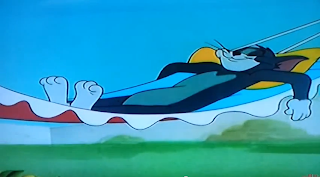FASCINATING AND WEIRD SPIDERS
Smiling spider
This
is an amazing creation of nature-a spider taking the shape of a happy
face. It is harmless as it seems. This interesting spider is found in
the forests of Hawaii. It has eight legs like many other spiders but its
smile makes it special.
 |
| Smiling spider |
- DADDY LONG-LEGS
This
species of spider has only two eyes, unlike the other species having
six or eight eyes. The spider has very long legs, eight in number,
giving it the name, Daddy Long Legs. It is also known as harvestman. It
uses it’s fangs to inject venom into its prey to kill it. But they are
not harmful to humans.
 |
| Daddy long-legs |
- PURSE WEB
They
are shiny black spiders, medium in size with an over-sized chelicerae
(mouth parts). They have eight sprawling legs and two body parts. They
are hatched from eggs and travel long distances in search of females
once grown. Instead of weaving a web, they knit a tight and upright
silken tube. They feed on insects and small spiders. They bite and are
dangerous to those sensitive to spider bites. But for the rest, they
cause no harm.
 |
| Purse web |
- CRAB SPIDER
This
eye catching spider, blending beautifully in its surroundings, among
colourful flowers is known as Thomisidae and belongs to the family,
Philodromidae. The spider doesn’t build web, but waits for its prey
among the flowers. Some species can change colour to match the flower or
leaf they sit on. Their 2nd pair of legs is longer than the 1st, 3rd and 4th pair. They are mostly yellow, green, orange, white or grey. They get their name due to their resemblance with crabs.
 |
| Crab spider |
- GREEN JUMPING SPIDER
This
is an Australian spider from the family Salticidae. The females are
12mm in length. The spider is found in New Guinea, New South Wales and
Western Australia. The male spiders have bright and sharp colours. They
have long and attractive white “side whiskers” and a topknot of black
hairs. Females lack the whiskers and topknot, but have a red and white
elegant mask.
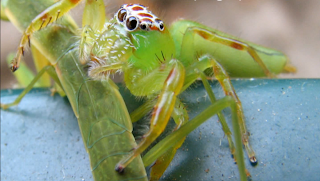 |
| Green jumping spider |
- GOLIATH BIRD EATING SPIDER
This
weird spider belongs to the Tarantula family. It is found in South
American forests. It has a leg span of up to 12 inches. They usually
don’t eat birds. But they are seldom found eating a baby bird. Usually
they eat mice, mealworms and crickets. They build no web. Their legs
make hissing sounds. They are very harmful. On contact, they cause
severe irritation to human skin.
 |
| Goliath bird eating spider |
- Wasp Spider
Wasp
spiders are usually found in Europe. This spider lives in rough grassy
lands and makes its web on grass. It makes a beautiful zig-zag web and
has a poisonous venom. It captures its prey in its silken web and
injects the insect with a paralyzing venom and protein dissolving
enzyme. It has a unique black and yellow pattern on its abdomen.
 |
| Wasp spider |
- Writing Spider
Spiders
no doubt are amazing artists. They build their home skilfully and
artistically and have striking coloured abdomen. They get their name as
they build their web in a pattern of Zs and Xs down the centre. They
bite but are not dangerous. The male spider is much smaller than the
female spider in size. He spins a companion web alongside the female
spider and then the female lays eggs. The female spider then places her
egg sac containing 400-1400 eggs into the web.
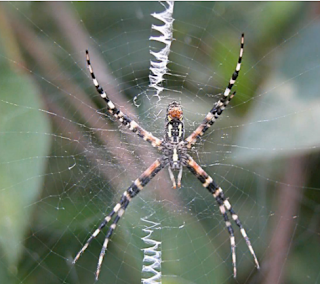 |
| Writing spider |
- Fishing Spider
These
spiders belong to the family of Pisauridae. It is found near puddles
and lakes. It sits quietly waiting for its prey. Once it finds it
target, it darts out onto the insect in the water and grabs the prey.
They can swim and walk on water.
 |
| Fishing spider |
- Huntsman Spider
It
belongs to the family of Sparassidae and measures around 4 inches.
Different species of the Huntsman Spider are found around the globe. It
lives in plants like ivy which offer the spider shelter. They are mostly
grey and brown in colour.
 |
| Huntsman spider |
- Arrowhead spider
The
Arrowhead Spider belongs to the Verrucosa genus. It lives mostly in the
forests of America. It’s colourful and beautiful. It has a red head and
yellow abdomen which is arrow-shaped, narrow in the front and ending
behind two large spread spines. The abdomen has a very attractive and
beautiful pattern. It has defensive horns and can be found during
spring, summer and fall. It is absolutely harmless to humans but its
flower-like appearance often befools insects.
 |
| Arrowhead spider |
- Bridge spider
This
spider is typically found near bridges and water and hence got its
name. It is also known as Gray Cross Spider. It’s a large orb-weaver and
loves to live on steel objects. The male spider is smaller than the
female. They hide themselves during daytime and catch their prey at
night.
 |
| Bridge spider |
- Camel spider
This
bright and colourful spider is also known as Sun Spider or Wind
Scorpion. It belongs to Arachinda order and has around 1000 species in
150 genera. A camel spider can run at 30mph and has a very high pitched
scream. They are 7cm in length. Their venom can cause paralysis in 7 out
of 10 lizards. They live in deserts and got their name.
 |
Camel spider<!-- adsense --> |
- Assassin spider
It
occurs in Madagascar, Australia and Africa. It eats other spiders and
has evolved elongated jaws and necks for catching them. But it is
harmless to humans.
 |
| The spider assassin |





